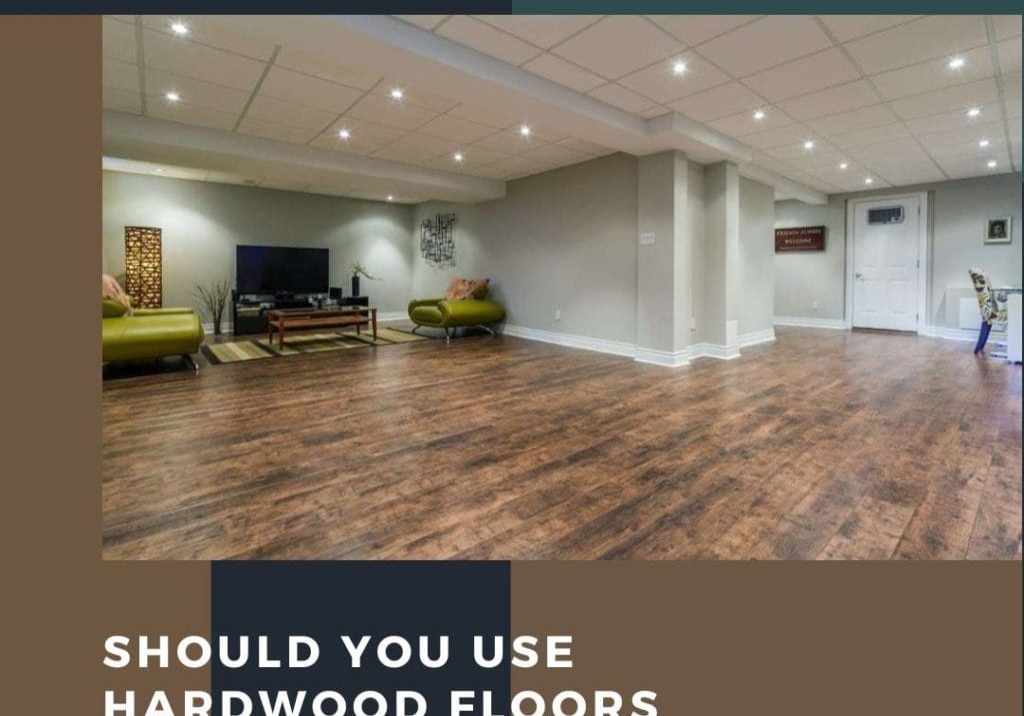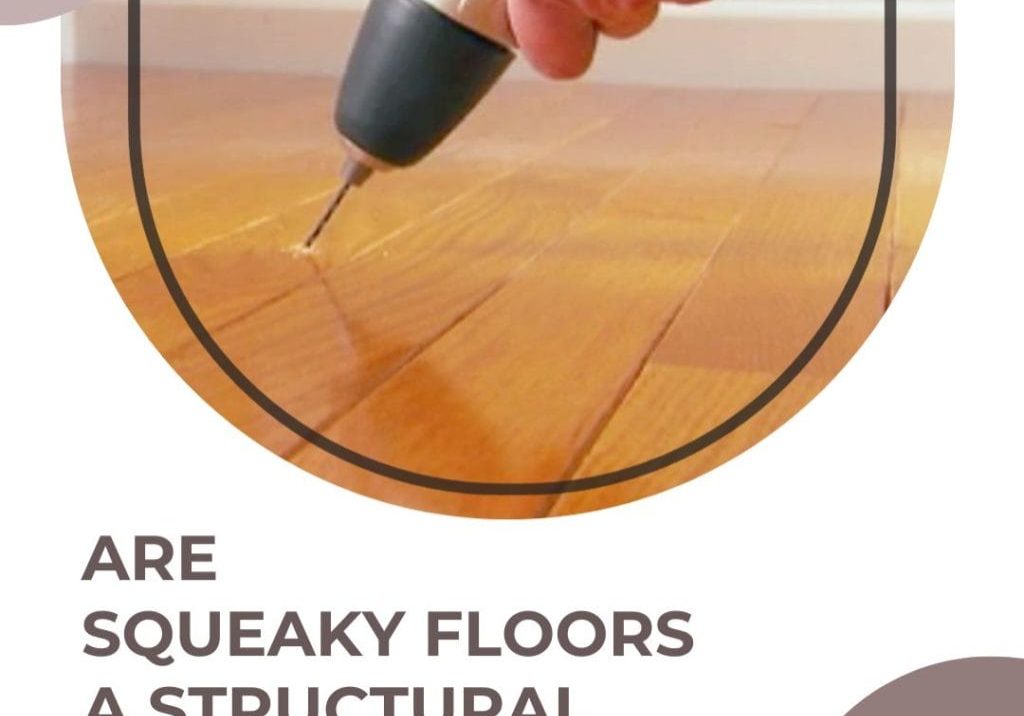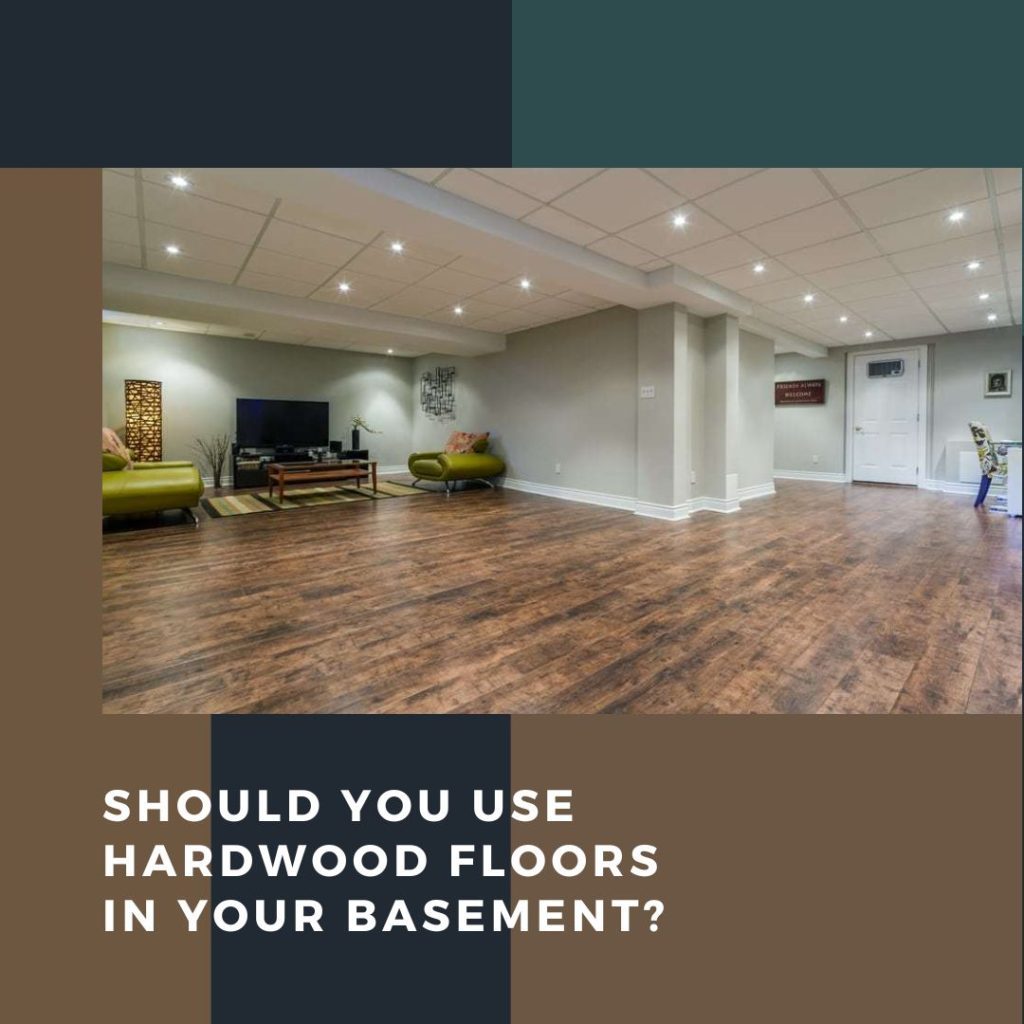Choosing the correct direction to lay hardwood floors can significantly impact the aesthetics and functionality of your commercial space. When considering which direction you should lay hardwood floors, business owners also think about this question: “Which way should wood floors run?” This article offers a thorough response to this query. Also, it addresses key considerations for individuals seeking guidance on optimal practices for installing hardwood floors in their commercial endeavors. It consolidates essential factors, including aesthetics, durability, and space utilization.
Hardwood Direction Fundamentals
The direction in which you lay hardwood floors can significantly influence your commercial space’s visual depth, spatial perception, and overall aesthetic. It’s a crucial factor that requires thoughtful consideration and knowledge. Let’s delve into exploring the optimal methods and practices for determining which way wood floors should run in your business premises.
General Rule
Generally, hardwood floors should run perpendicular to your front door entrance. This design creates a welcoming visual pathway for guests and clients, drawing them into the heart of your business. It offers a professional aesthetic that can enhance your commercial space’s overall feel and design.
Impact on Flow and Aesthetics
The orientation of your hardwood floors can significantly impact the flow and aesthetics of the space. A well-chosen direction creates a seamless transition between rooms, promoting a sense of continuity and spaciousness while contributing to your commercial premises’ overall visual appeal.
Factors Influencing Your Choice
Let’s delve into the considerations to ensure you make the most informed decision regarding the direction your wood floors should run.
Role of Light Sources
Light sources are vital in determining which direction hardwood floors should run. If your business space has a significant natural light source, such as large windows, installing the floor parallel to the light direction is advisable. This can greatly reduce the visibility of seams between the planks and improve overall aesthetics.
Room Dimensions
The dimensions of the room should also influence your decision. Installing hardwood floors lengthwise can make a narrow room appear wider. However, in a large or square room, you may want to consider a diagonal direction for a dynamic visual impact.
Structural Foundations
Considering the structural foundations of the building is crucial. It’s often recommended to install hardwood floors perpendicular to the floor joists. This provides added structural support and helps prevent sagging over time.
Hallways
For hallways, it’s generally best to lay the hardwood flooring along the length of the space. This enhances the perception of depth and creates a fluid, welcoming path.
Larger Rooms
For larger rooms, the direction of your hardwood floors can be a creative decision. Diagonal or herringbone patterns can add a unique visual interest and dynamic feel, breaking up the monotony of a large space.
Small Rooms
In smaller rooms, laying the hardwood flooring parallel to the longest wall can give the illusion of a larger area, creating an expansive feel despite the size.
Design Aesthetics
The direction of your hardwood floors can significantly contribute to the overall design aesthetics of your space. By strategically choosing which way your wood floors run, you can enhance the visual appeal of your business premises, accentuating its character and charm. Let’s explore how the right direction can aesthetically elevate your hardwood flooring.
Complementing Branding with Hardwood Direction
The direction of your hardwood flooring can subtly complement your brand. Consider a diagonal or herringbone pattern for an innovative look for a modern, dynamic business. Parallel or perpendicular directions offer a classic and welcoming style for a more traditional and cozy atmosphere.
Integrating with Interior Design Themes
Which way should wood floors run? It can seamlessly integrate with your interior design themes. Whether aiming for a rustic charm, minimalist elegance, or contemporary chic, the right hardwood direction can subtly underline these design elements, marrying functionality with aesthetics in your commercial space.
Strategic Use of Patterns
Using patterns in your hardwood flooring can create a distinct identity for your commercial space. From traditional straight lines to contemporary herringbone patterns, the choice of pattern can add depth, texture, and visual intrigue, seamlessly blending with your interior design and significantly enhancing the overall appeal of your space.
Installation Patterns
Installation patterns can greatly impact your hardwood floors’ overall look and feel. Traditional straight layouts offer a classic, timeless look, while more intricate patterns like herringbone or chevron can provide a distinctive, modern appeal. The pattern you choose should align with your overall design aesthetic and brand identity.
Straight Lay Pattern
The straight lay is the most traditional and commonly used pattern for hardwood floors. This pattern involves laying the planks parallel to each other along the width or length of the room. For businesses, a straight lay pattern imparts a sense of order and professionalism, and its simplicity allows other interior decor elements to stand out.
Diagonal Lay Pattern
As the name suggests, the diagonal lay pattern involves laying the planks at a 45-degree angle to the walls. This pattern visually widens the space and introduces a dynamic element. This pattern can be ideal for creating a sense of movement and energy for businesses, which is particularly beneficial for creative or innovative industries.
Herringbone Pattern
The herringbone pattern is a classic yet sophisticated choice, where the wood planks are laid in a pattern resembling a fish’s skeleton. This pattern adds visual interest and depth to a room, making it perfect for businesses looking to convey a sense of elegance and prestige.
Parquet Pattern
Lastly, the parquet pattern involves positioning the planks into a series of geometric patterns, such as squares, triangles, or lozenges. This pattern is complex and visually striking, making it ideal for businesses seeking to make a bold statement. However, it requires skilled installation and can be more expensive.
Direction for Different Room Types
Now that we’ve discussed the various installation patterns let’s delve into how the direction of hardwood flooring can be tailored for different room types in your business environment. The chosen direction should not only be a strategic design choice but should also optimize the functionality and feel of the space.
Entryways
For entryways, choosing the right direction for your hardwood floors is essential. It is often the first impression a client has of your business. The direction should guide the eye into the space, creating a welcoming pathway. Laying the wood in the direction that people walk in can provide a sense of flow and continuity.
Conference Rooms
Conference rooms are typically larger spaces that often serve as a focal point for client interactions. In these rooms, you might consider a more visually striking installation pattern like herringbone or diagonal to add depth and interest. These patterns can break up the monotony of larger spaces and make a stylish statement of your brand’s attention to detail.
Common Areas
Common areas like break rooms or open-plan office spaces can greatly benefit from strategically laid hardwood floors. If these areas are rectangular, the boards should run in the direction of the length to make the room appear longer. When it comes to patterns, a straight lay pattern often works well, offering a professional and clean look that doesn’t distract from the overall environment.
Private Offices
For smaller, private offices, the direction of your hardwood floors should aim to create an expansive feel. Laying the hardwood flooring parallel to the longest wall can offer the illusion of a larger room. A straight lay pattern is a safe and popular choice, though a more unique pattern like parquet could be used to make an impact in executive offices.
Open Spaces
The hardwood direction can be an innovative decision in larger open spaces or lofts. Diagonal patterns can add a unique visual interest, while a random pattern can create a relaxed and casual atmosphere.
Impact of Direction on Room Size Perception
How you lay your hardwood floors can greatly affect how spacious your business space feels and functions. By strategically choosing the direction, you can manipulate the perception of space, making rooms appear larger, longer, or more cohesive. Let’s delve into the art of direction and its profound impact on the perception of room size.
Direction Enhancing Room Size
How you lay your hardwood floors can significantly impact the perceived size of a room. Placing the boards parallel to the longest wall creates the illusion of a longer space, making even small rooms appear larger. This effect proves especially advantageous in narrow areas like corridors or small offices, where maximizing every inch is crucial.
Direction Reducing Room Size
Laying hardwood floors perpendicular to the longest wall can enhance a large room’s cozy and intimate feel. This strategic approach works wonders in expansive spaces, creating a relaxed atmosphere and distinct zones without physical barriers.
Diagonal Direction for Balance
Consider laying your hardwood floors in a diagonal direction to achieve a well-balanced visual effect. Doing so introduces a subtle deviation from the linear perspective, creating an illusion of increased spaciousness without overwhelming the room. This approach proves particularly effective in square rooms or open-plan spaces where a seamless flow and a sense of movement are desired.
Practical Tips for Laying Hardwood Floors
Let’s delve into some practical tips and considerations when deciding which way wood floors should run in your business premises, ensuring aesthetic appeal, robust functionality, and longevity.
Selecting the Right Wood
Choosing the right wood for your floors is important to ensure durability and aesthetic appeal. Consider factors such as hardness, grain pattern, and color, which can significantly affect the final look and resistance to wear and tear. Hardwoods like oak or maple are typically more durable and suitable for high-traffic commercial spaces.
Opting for Engineered Wood
Consider exploring engineered wood as an excellent option. With a real hardwood veneer on top and layers of cost-effective plywood underneath, engineered wood floors provide the elegance of hardwood with enhanced stability. This construction minimizes the risk of warping due to temperature and humidity changes, resulting in a longer lifespan, especially in demanding commercial settings.
Choosing a Suitable Finish
The durability of your hardwood floors greatly depends on the finish. Prefinished hardwood floors have a factory-applied finish that is generally more durable than on-site applications, making them an excellent choice for businesses. Another option is a high-quality polyurethane finish, which offers a protective layer capable of withstanding the wear and tear caused by high foot traffic.
Considering the Grading
The grading of hardwood pertains to its visual attributes, encompassing factors like knot size and quantity, color uniformity, and grain patterns. While this aspect does not directly impact durability, opting for a lower grade can offer more leniency in high-traffic areas prone to scratches and dents. These imperfections can blend harmoniously with the wood’s natural character, gradually becoming less noticeable.
Navigating the Exceptions
While following to the general guidelines on how wood floors should run can lead to visually appealing and practical results, there are instances when it may be beneficial to break these rules. Exploring these exceptions can provide unique solutions tailored to the specific needs of your business space.
Working With Inlays
When integrating inlays into your hardwood flooring, the direction of the wood can add an extra layer of visual interest. Inlays can be laid in a contrasting direction to the main flooring, creating a stunning focal point. This technique could be especially effective in large open spaces or reception areas where you wish to make a strong impression.
Dealing With Architectural Features
Architectural elements such as a majestic fireplace, expansive bay window, or an impressive entrance door can override the conventional practice of laying hardwood flooring parallel to the longest wall. In such instances, installing hardwood floors that highlight these features becomes visually appealing, drawing attention and bringing up a harmonious ambiance within the room.
Adjusting for Unusual Room Shapes
For rooms with unique shapes or layouts, such as L-shaped spaces or multiple alcoves, the conventional rules for laying hardwood may not be suitable. In these instances, it is advisable to carefully consider the direction of the wood installation that best complements the room’s shape. Alternatively, you can utilize different directions in various room sections to establish distinct areas.
Conclusion
Understanding which way wood floors should run in your business premises is a strategic decision that influences the aesthetic appeal, functionality, and perceived space. By considering your room’s size, shape, and architectural features, you can choose to harmoniously blend beauty, durability, and practicality.









